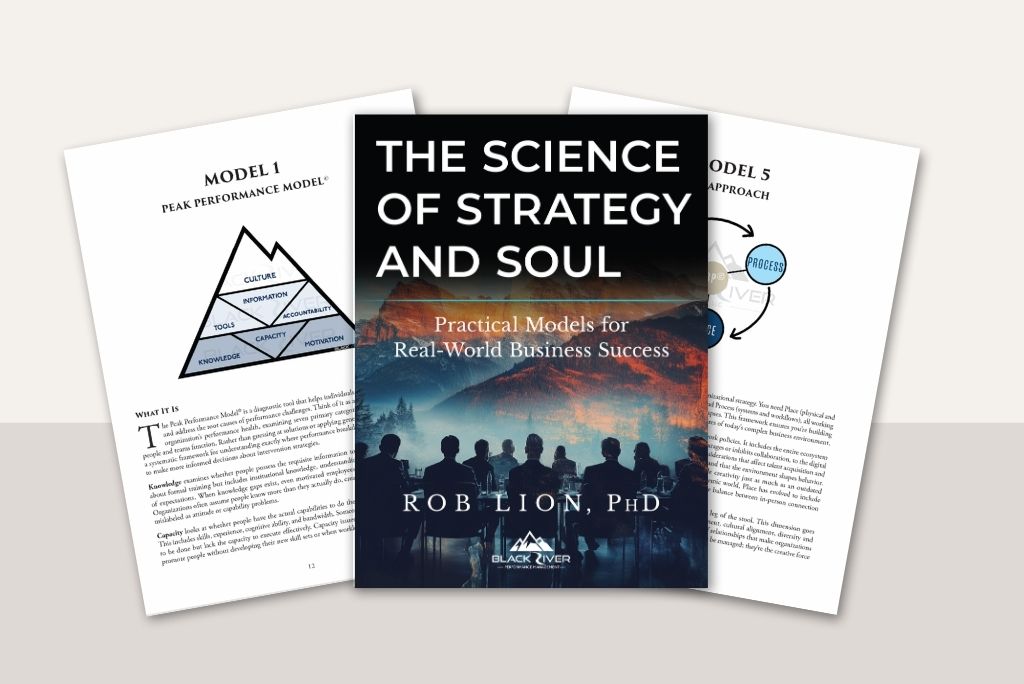One of the biggest challenges I encounter when working with groups is the inconsistency surrounding providing meaningful feedback to employees. For many organizations, annual feedback is baked into the annual performance review process, and that may be the only feedback an employee might experience.
I realize that providing feedback is very difficult for most of us. At the same time, some do it better and easier than others. I, for one, used to be very uncomfortable with confrontation and feedback. It was an extremely stressful experience for me, but after finding myself in an extremely embarrassing position as a young manager, I vowed not to withhold or avoid feedback moving forward. The gist of the experience was that I was too confrontation-avoidant to provide a person with development/growth/change feedback. I chose to only address it during the annual performance evaluation, which happened to be 8 months after the performance issue arose. So, I failed to demonstrate respect for this person. The failure on my part resulted in the person not receiving an opportunity to address their performance issue in a timely fashion because I didn’t have the courage or confidence to do this.
As I mentioned above, this was a pivotal moment for me as a young professional. I was embarrassed and really felt her disappointment. What occurred to me is that my deficiency in the feedback category was incongruent with my espoused values of love, respect, and support. I quickly realized that I needed to target this as a high-priority growth area. How did I make the shift from being afraid and insecure to confident, compassionate, and impactful?
The two things I did immediately were 1) examine my own values and motives and acknowledge that I, too, would have wanted to know this corrective information if I was not performing according to the needs or expectations of the work. 2) I got educated. During this time, I was working on a master’s degree that focused on leadership development. Interestingly, I don’t recall much coursework in feedback, so I recognized that I needed to seek out this information. I started to target my discretionary reading on feedback, confrontation, and difficult conversations to build my knowledge base. This experience was like reading the instructions for building a bookshelf – it began to demystify the feedback-giving and receiving process. I had no framework or reference point, which is often the case with most clients today. Their hearts and intentions are well-intended, but they lack the information and tools to help them manage the process.
After these two steps, I started to practice it in small doses. I built it into all my one-on-one meeting agendas and ensured I gave it the attention it needed. I am not saying this is a recommended best practice, but for me, I made it a point to provide both positive and constructive feedback in every session. In most cases, positive feedback was super easy (and important because I am not one to go there naturally), and the constructive feedback was small – creating small wins for me that helped me build my confidence while growing my respect among my reports. They could see that I was invested in their development and performance, and these small doses of corrective feedback were palatable to them. Furthermore, they begin to request feedback more frequently, which is a significant step in terms of behavior/performance change and the neuroscience behind receiving feedback.
Finally, the last major commitment I made was the commitment to my staff to have the opportunity to provide me with positive and constructive feedback. Recognizing the perceived power differential between myself and my staff members, I aimed to build a culture of trust and respect through my regular doses of feedback, which eventually yielded an increased frequency of receiving feedback.
The good news here is that providing feedback is a skill, and we can develop it over time, especially if we commit to small reasonable steps. However, it isn’t easy if your deficiency in feedback is tied to fear. As we know, fear can be a real limiting factor for people. It has been hardwired into us as a defense/protection mechanism. However, I think it is helpful and important to differentiate ego-fear from self-protection-fear. Once we call it what is and give it its own name (some people will even name that ego-fear after a person in their life that aimed to hold them back, ex. “There goes Pat again trying to hold me back!”), we can move on to more important tasks at hand. A great example of naming and taming is from the movie Home Alone, where Kevin finally tells the fireplace in the basement to “shut up”; that was a significant moment in him not being afraid anymore.



